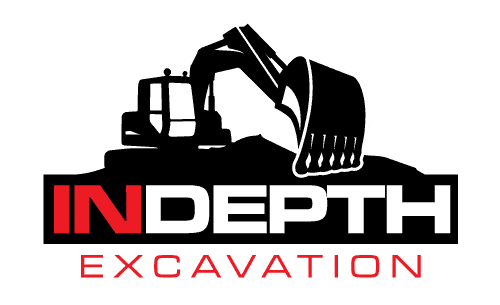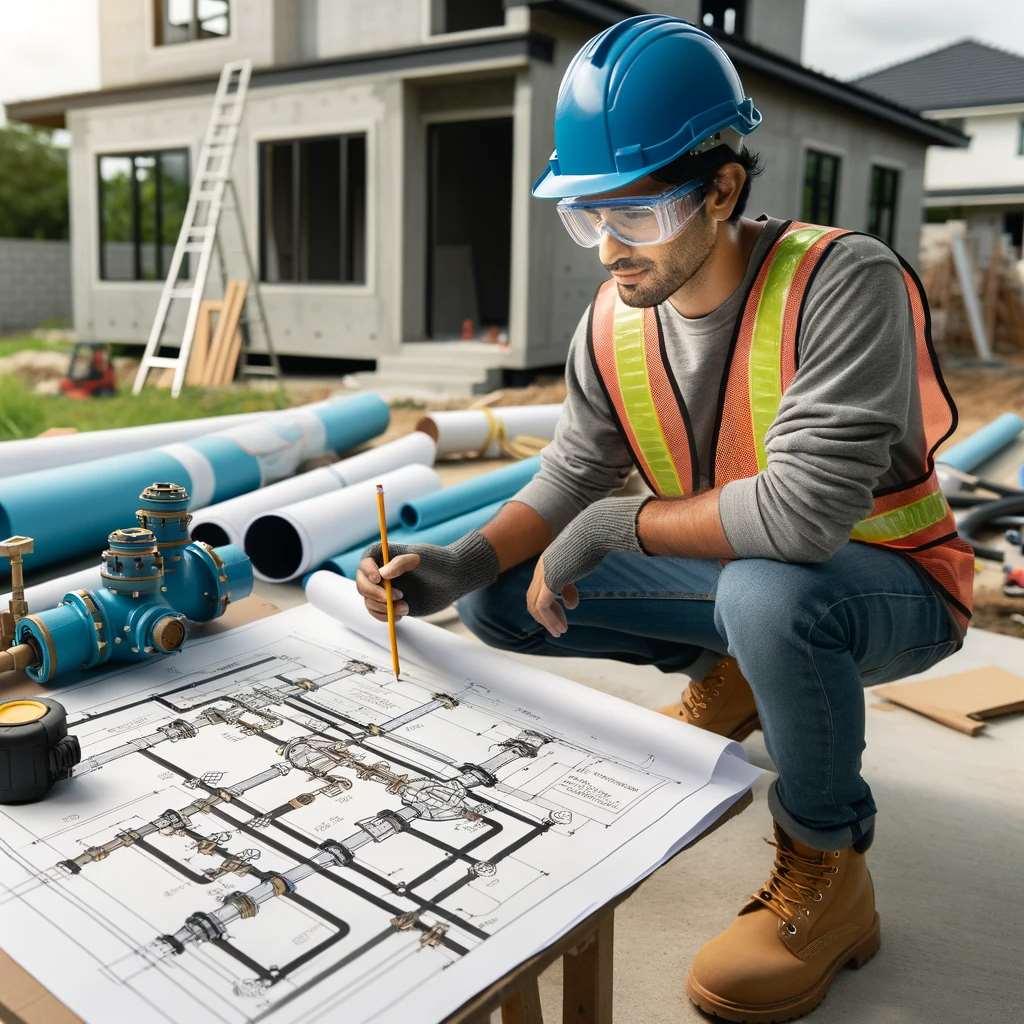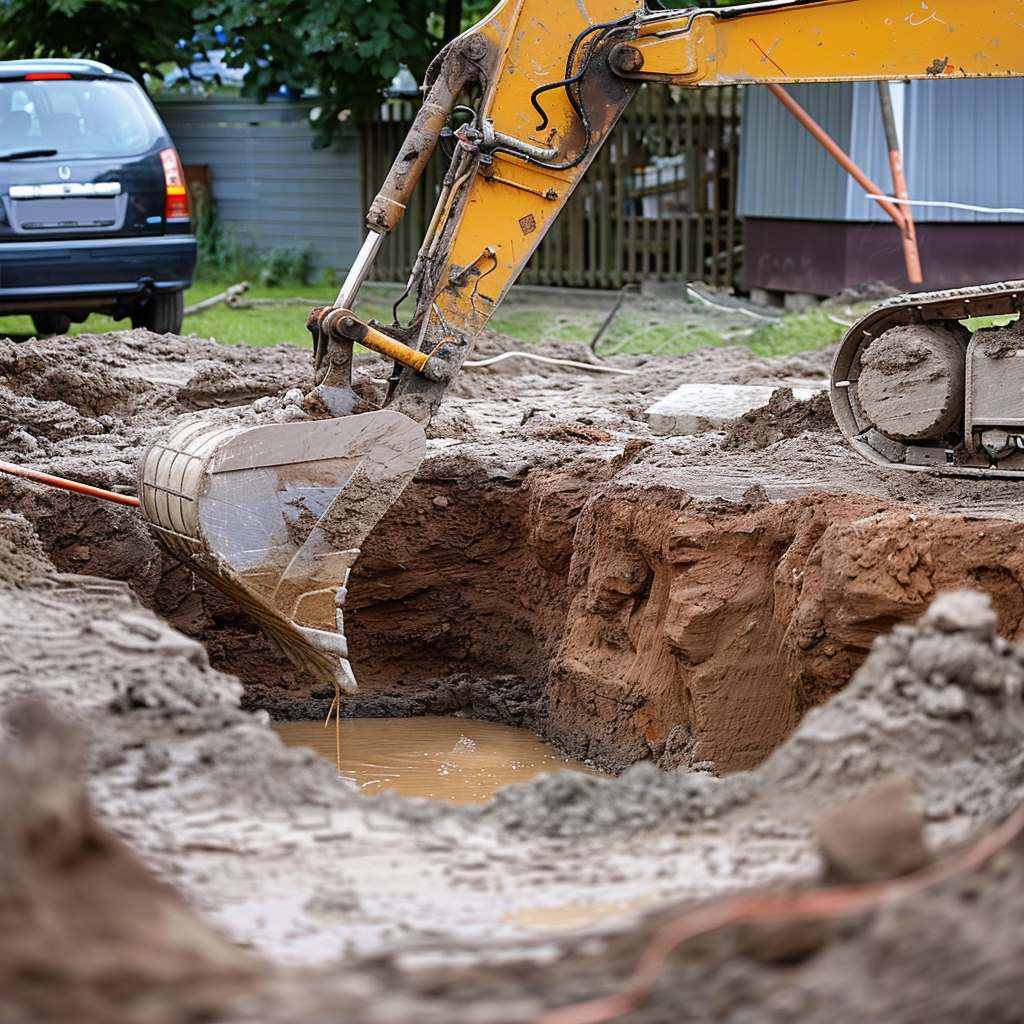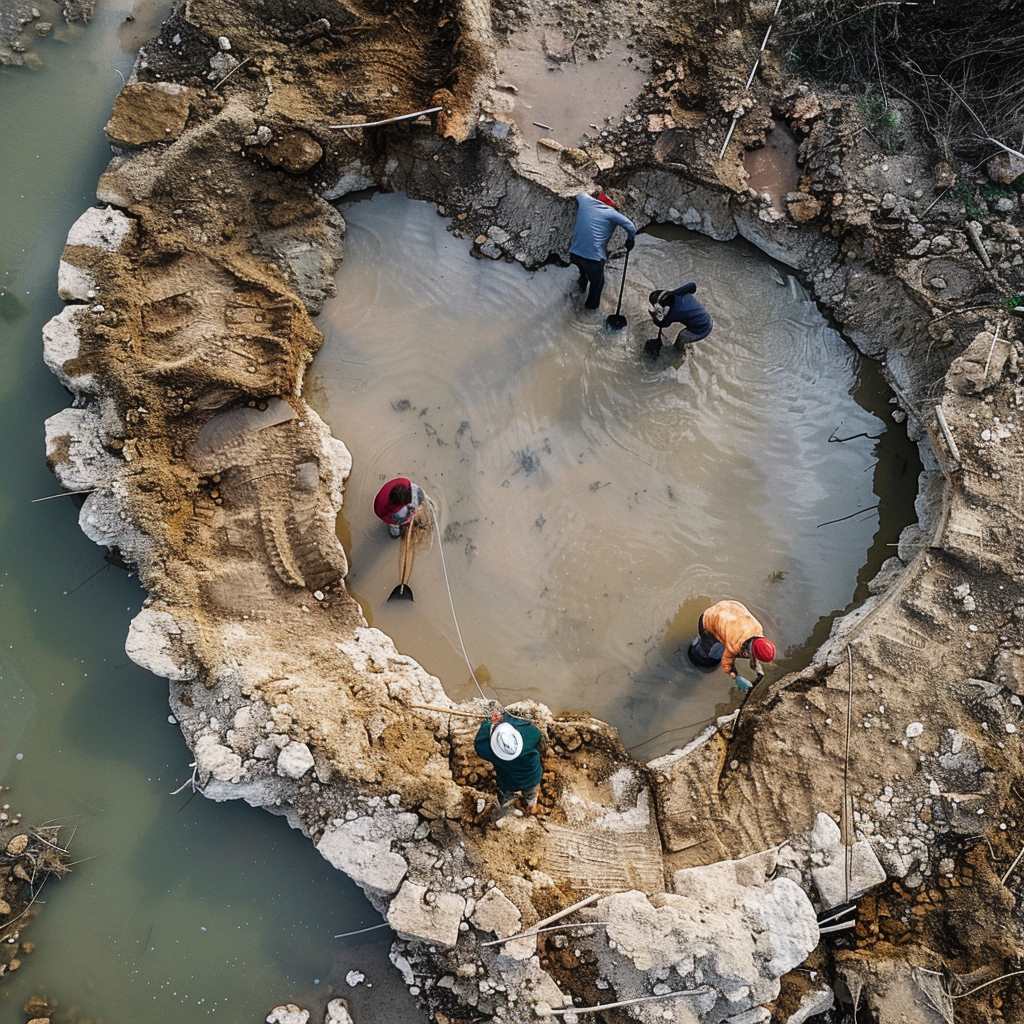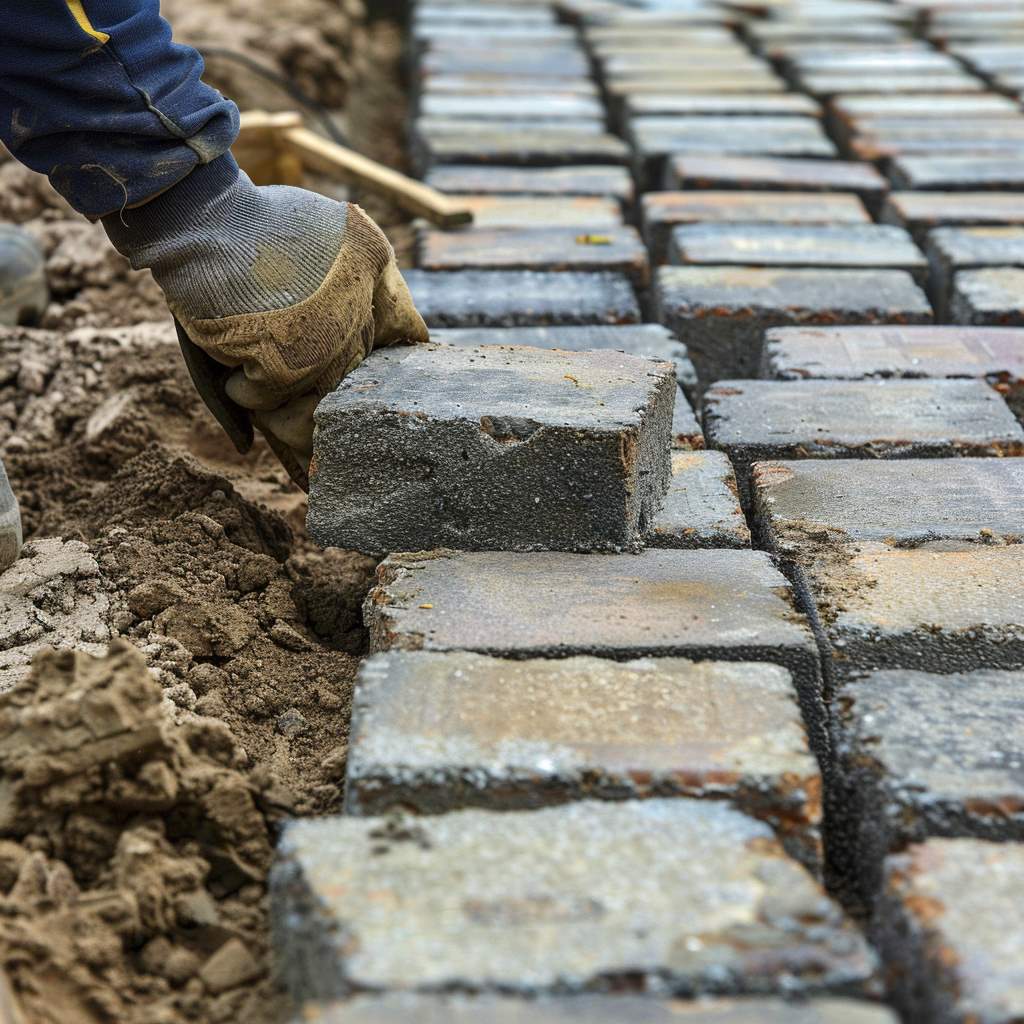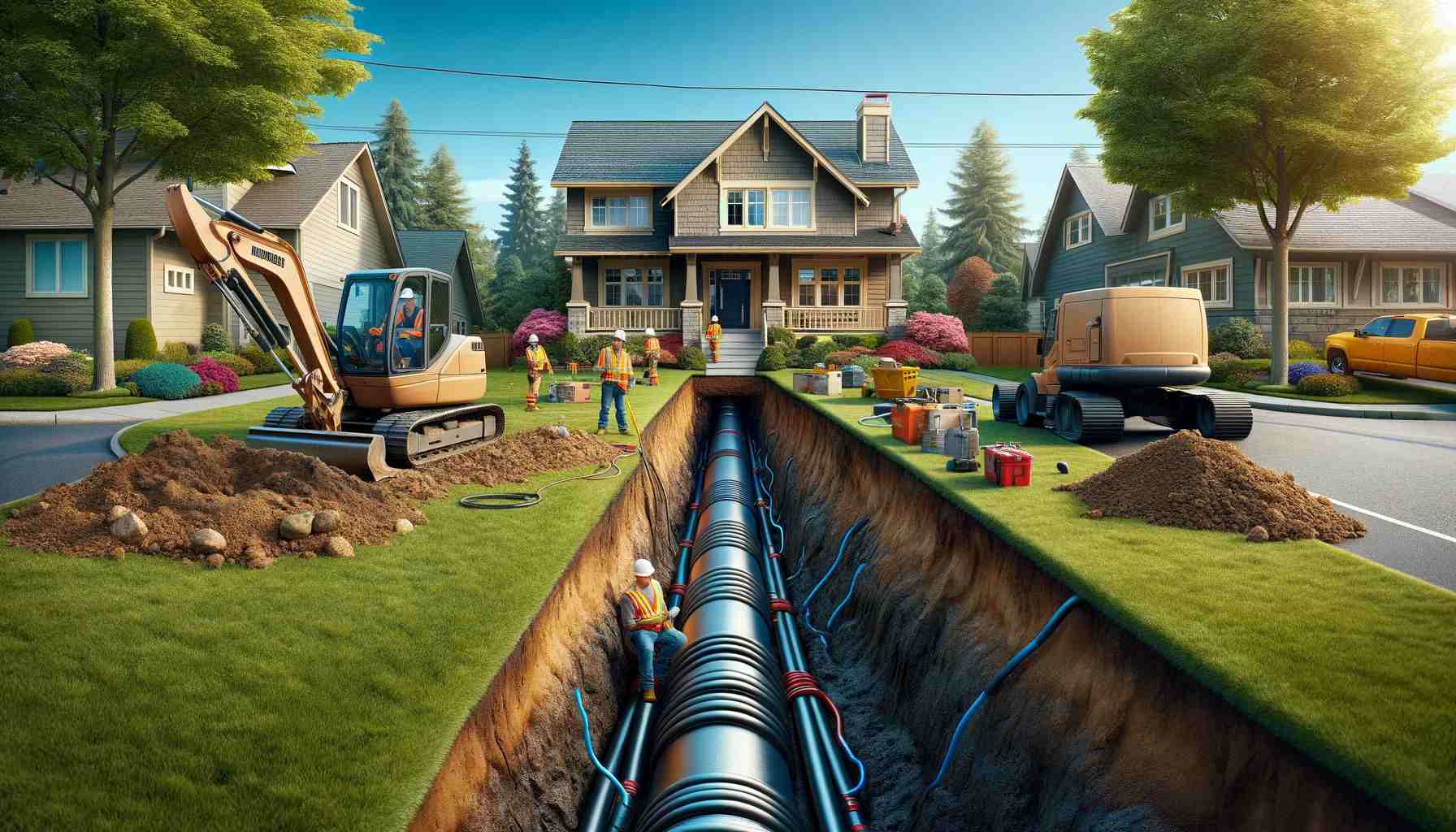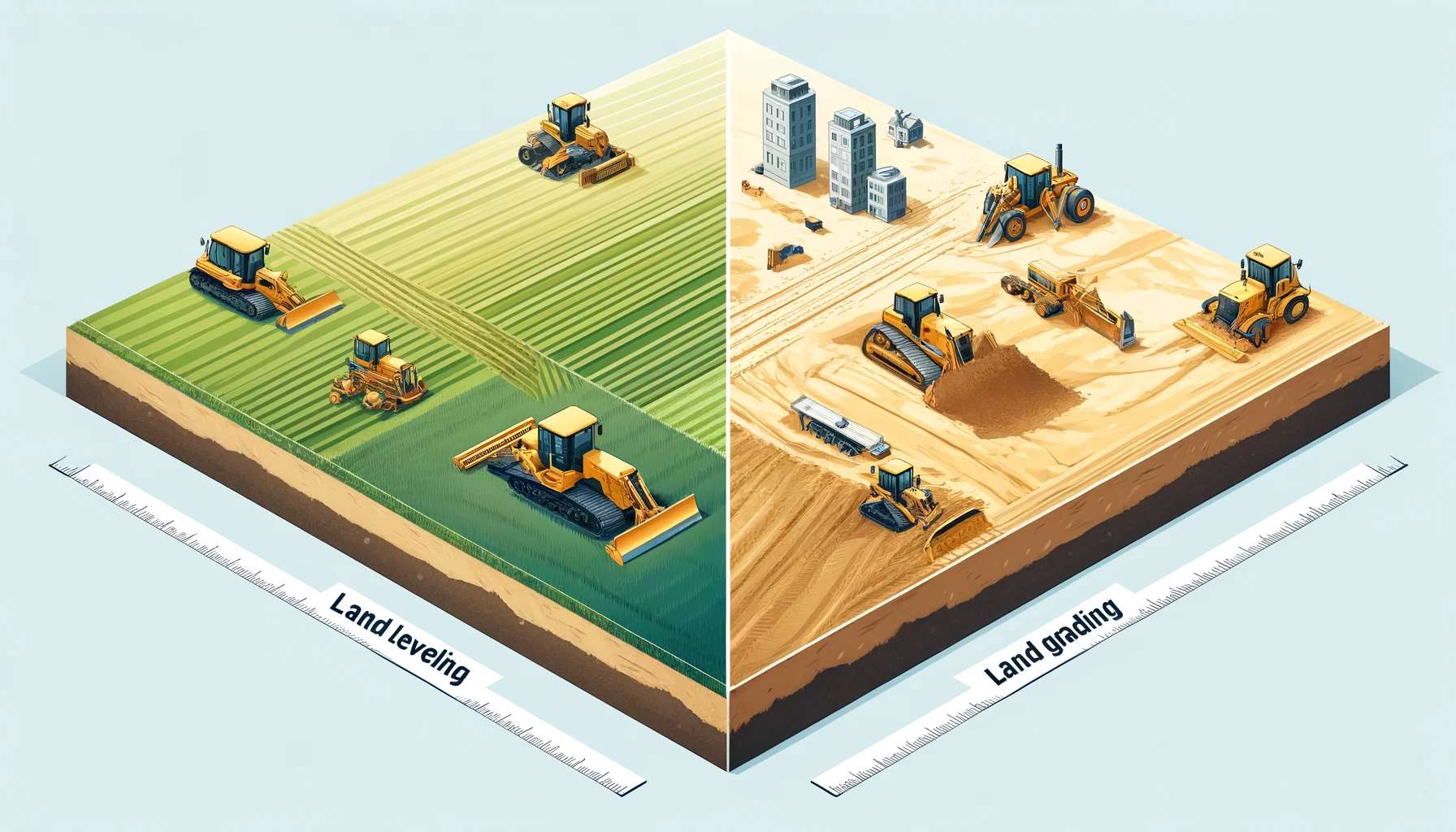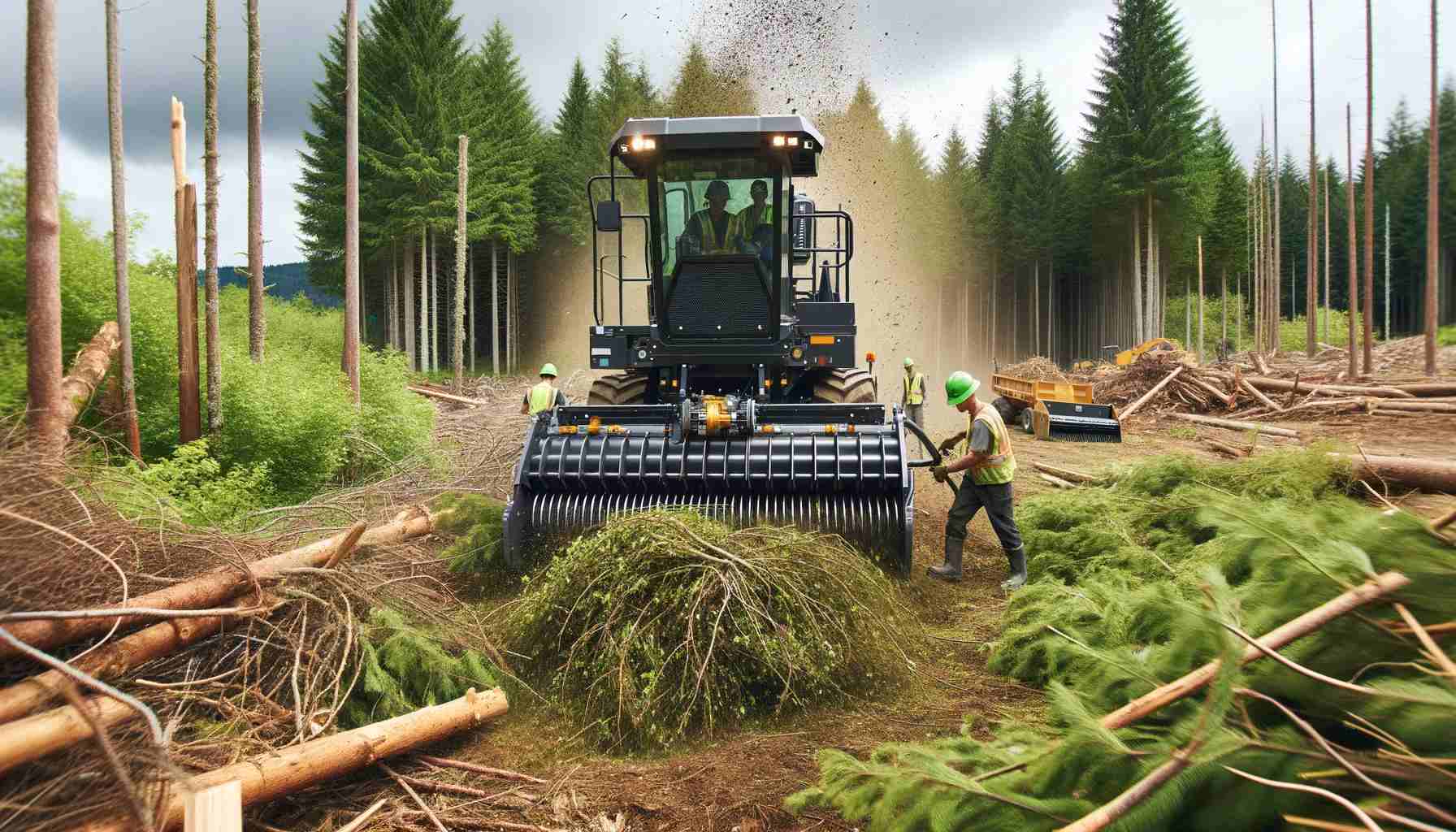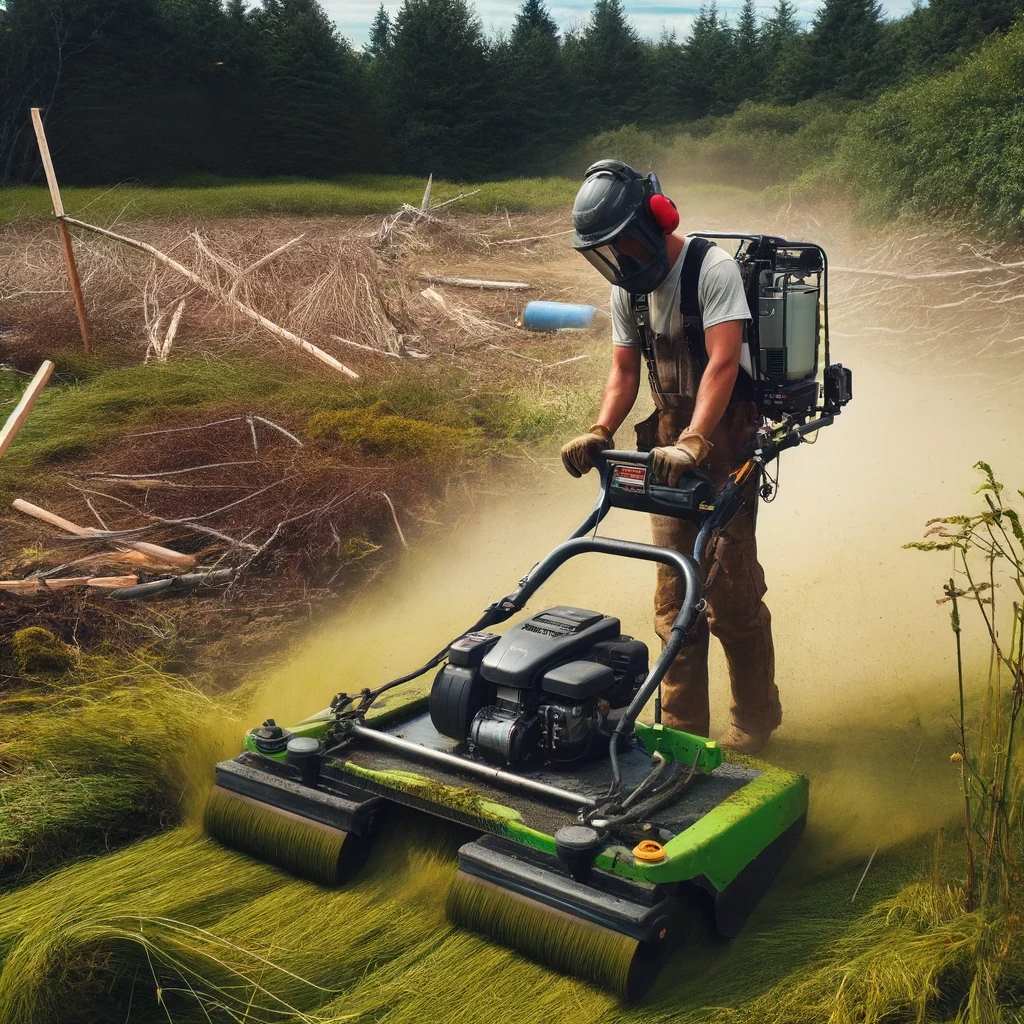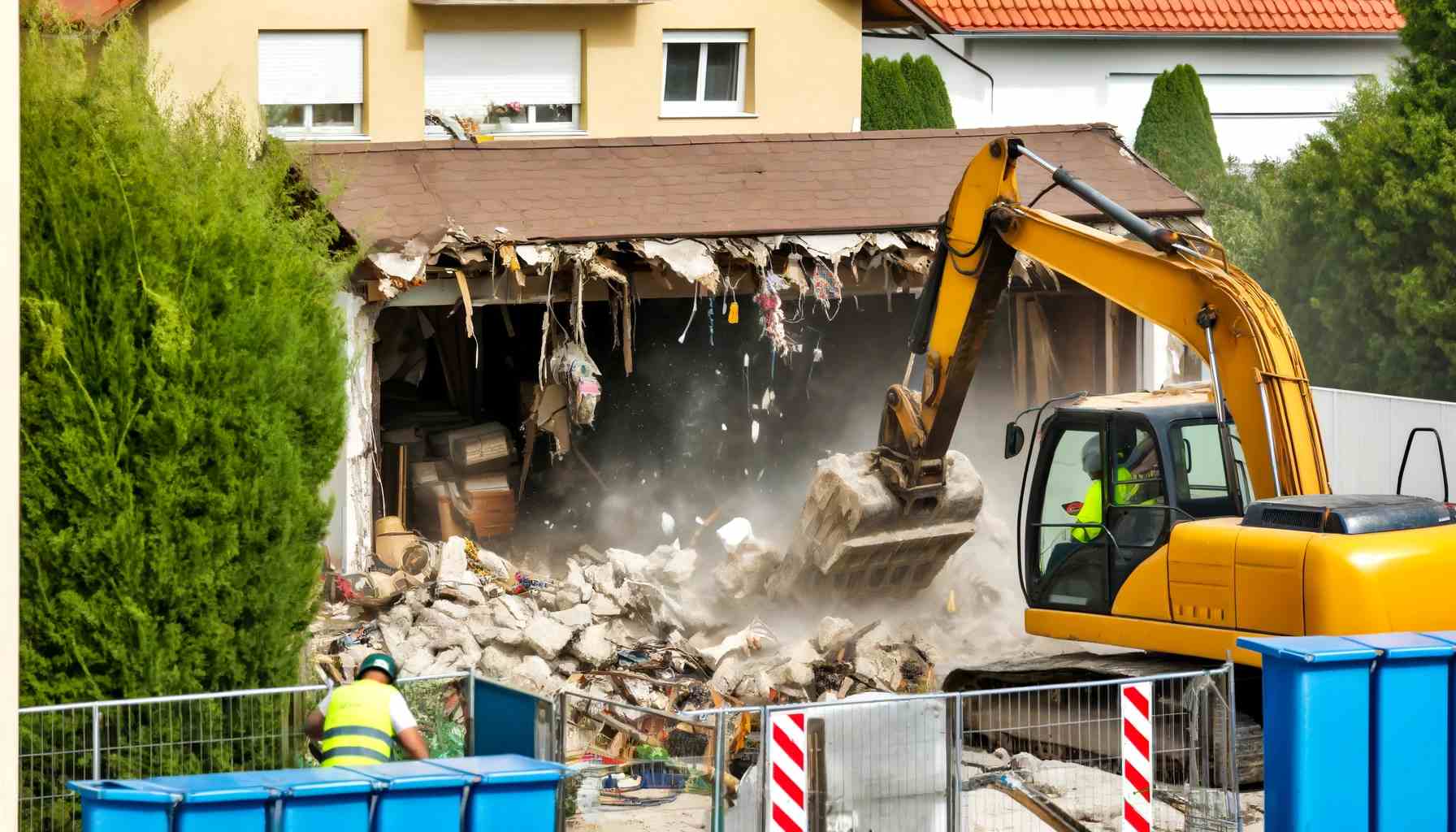Key Takeaways:
-
- Choose the appropriate trenching equipment based on the terrain and required trench dimensions.
-
- Consider the depth and width of the trench needed for the water line installation.
-
- Check for underground obstructions before digging.
-
- Use hand tools like trenching shovels and pick mattocks for smaller trenches.
-
- Follow safety procedures and wear proper personal protective equipment (PPE) when using a trencher.
Tips for Digging a Trench for a Water Line
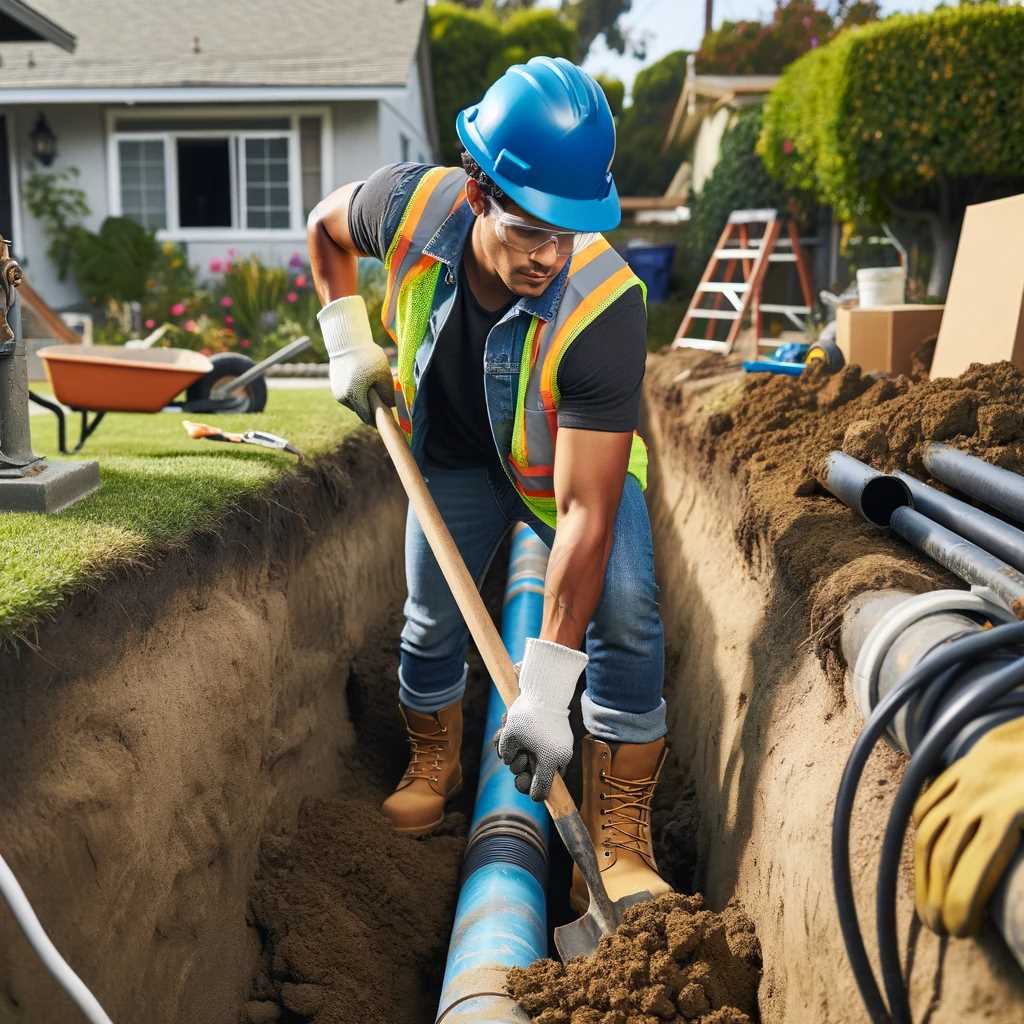
When it comes to digging a trench for a water line installation, there are several important factors to consider. Determining the appropriate trench depth and width is crucial for the successful installation of the water line. Additionally, choosing the right tools, whether by hand or through the use of a trenching machine, can greatly impact the efficiency and accuracy of the digging process.
Determining Trench Depth and Width
The trench depth and width for a water line installation will depend on the specific requirements of the project. For example, a French drain typically requires a trench that is 6-12 inches wide and 18-24 inches deep for a 4-inch pipe. Electrical wiring trenches are typically shallower at 6 inches deep and 4 inches wide, while drainage trenches can be deeper at 18 inches and wider at 9 inches. It’s important to consult the project plans or seek professional advice to determine the appropriate trench dimensions for the water line.
Trenching Tools for Digging
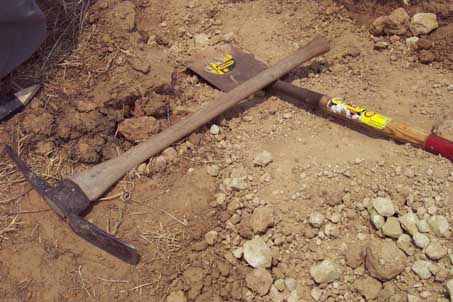
When it comes to digging a trench by hand, there are a variety of trenching tools available. Trenching shovels, pick mattocks, drain spades, grub hoes, and landscaping rakes are commonly used for smaller-scale trenching projects. These tools provide precision and control, allowing you to shape the walls of the trench and ensure the dimensions are accurate.
For larger-scale projects or challenging terrain, consider using a trenching machine. Trenching machines are available for rent and are designed to dig trenches quickly and efficiently. When choosing a trenching machine, consider the required trench depth and width to ensure that the machine is suitable for the project at hand.
Backfilling the Trench
Once the trench has been dug and the water line installed, it’s essential to properly backfill the trench to ensure the stability and longevity of the installation. Backfilling involves filling the trench with soil and compacting it to avoid settling or erosion. Proper compaction is crucial to prevent future issues, so take the time to ensure the backfill is evenly distributed and adequately compacted.
| Trench Depth | Trench Width | Trench Excavation | Trenching Tools | Digging a Trench by Hand | Trenching Machine | How to Backfill a Trench for Water Line |
|---|---|---|---|---|---|---|
| Depends on water line requirements | Properly backfill the trench to ensure the stability and longevity of the water line installation | Consider using trenchers for efficient excavation | Trenching shovels, pick mattocks, drain spades, grub hoes, landscaping rakes | Use trenching shovels, pick mattocks, drain spades, grub hoes, landscaping rakes for smaller trenches | Consider renting a trenching machine for larger projects or challenging terrain | Properly backfill the trench to ensure stability and longevity of the water line installation |
Conclusion
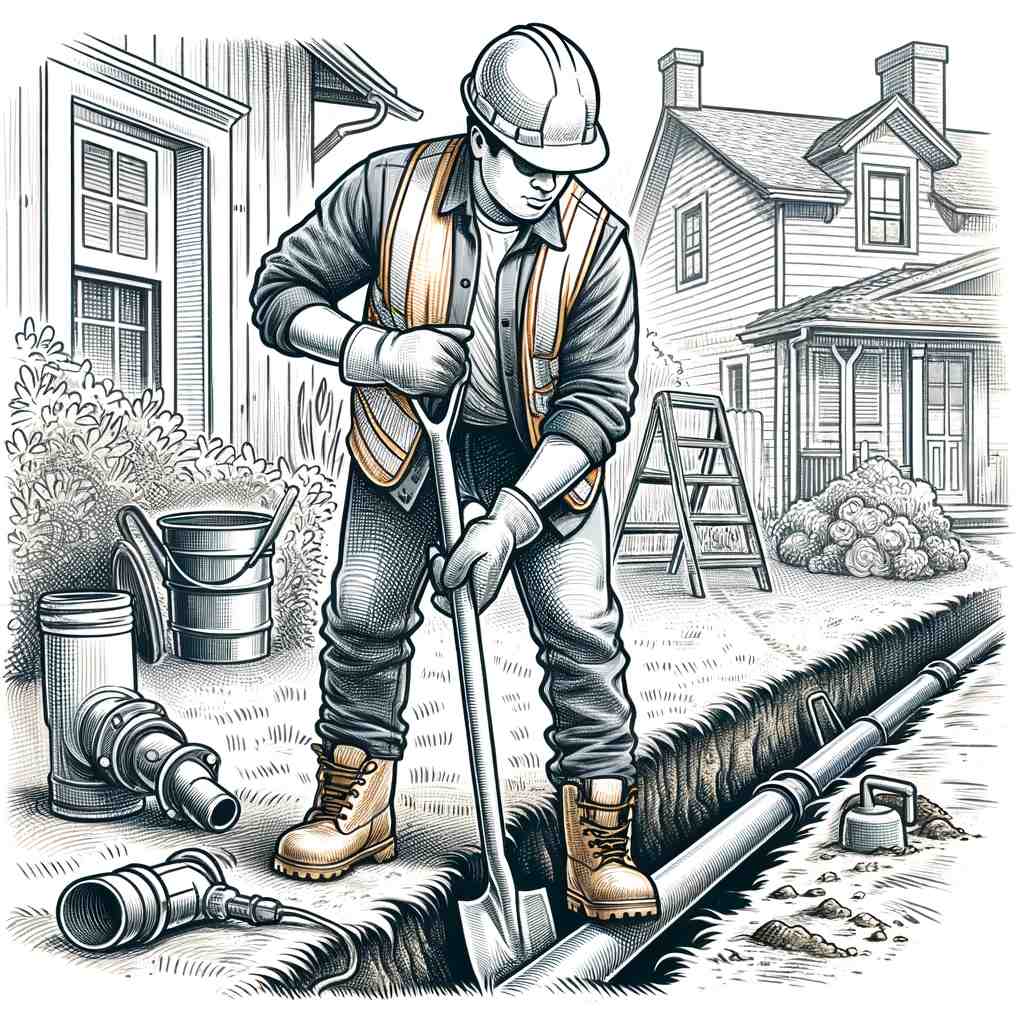
In conclusion, digging a trench for a water line installation can be made efficient and hassle-free with the right tools and techniques. Whether you choose to use hand tools or trenching machines, it’s important to consider the specific needs of your project.
Consulting us at In-Depth Excavation when making adjustments to your home and land can help expedite any issues giving you a clearer peace of mind, leaving it in our experienced hands.
Trenchers are ideal for quickly and evenly excavating trenches, making them a great choice for larger projects. On the other hand, hand tools offer more precision and control, making them suitable for smaller trenches that require meticulous digging.
To ensure safety during trenching, always check for underground obstructions like pipes or wires before you start digging. Additionally, wearing proper protective equipment such as gloves, safety glasses, and a hard hat is essential.
Remember to follow proper techniques for digging and shaping the trench, and double-check the dimensions to ensure accuracy before proceeding with the water line installation. Finally, backfill the trench carefully to provide stability and longevity for your water line system.
We’ve gone over some seasonal tips aligned with water lines, in our blog article Winter Drainage Tips for Snohomish Residents.
FAQ
Trenchers are types of equipment designed to excavate straight trenches that are smooth at the sides, flat at the bottom, and usually deeper than they are wide.
Trenchers can dig trenches more quickly and evenly than excavators.
Walk-behind trenchers are around 12-31 horsepower and better for softer terrain or trenches that require more precision. Ride-on trenchers are around 49-131 horsepower and are better for long, deep trenches, rocky terrain, or pavement.
Chain trenchers are suitable for cutting deep, narrow trenches and are ideal for drainage.
Wheel trenchers are designed for rocky soil or pavement and are commonly used for road repair.
Micro trenchers are suitable for laying fiber optic cables.
When choosing the size of the trench, consider the depth and width of the trench needed for the water line installation.
Trenching shovels, pick mattocks, drain spades, grub hoes, and landscaping rakes are commonly used hand tools for digging smaller trenches.
Before digging a trench, check with the local municipality for any underground obstructions such as pipes or wires.
When using hand tools, start by loosening the soil with a pick mattock or grub hoe, then use a trenching shovel to shape the walls of the trench.
When using a trencher, wear PPE and follow operating instructions and safety procedures.
Determine the appropriate trench depth and width based on the specific requirements of the water line installation.
For a 4-inch pipe for a French drain, the trench should be 6-12 inches wide and 18-24 inches deep.
